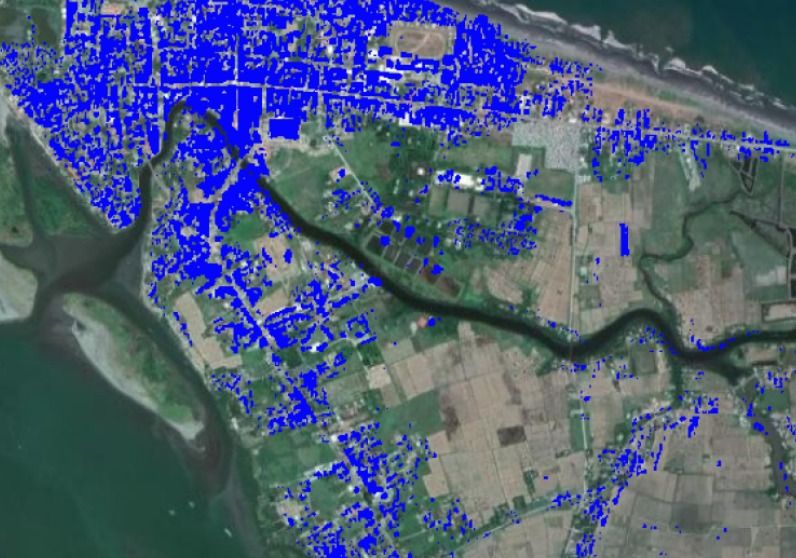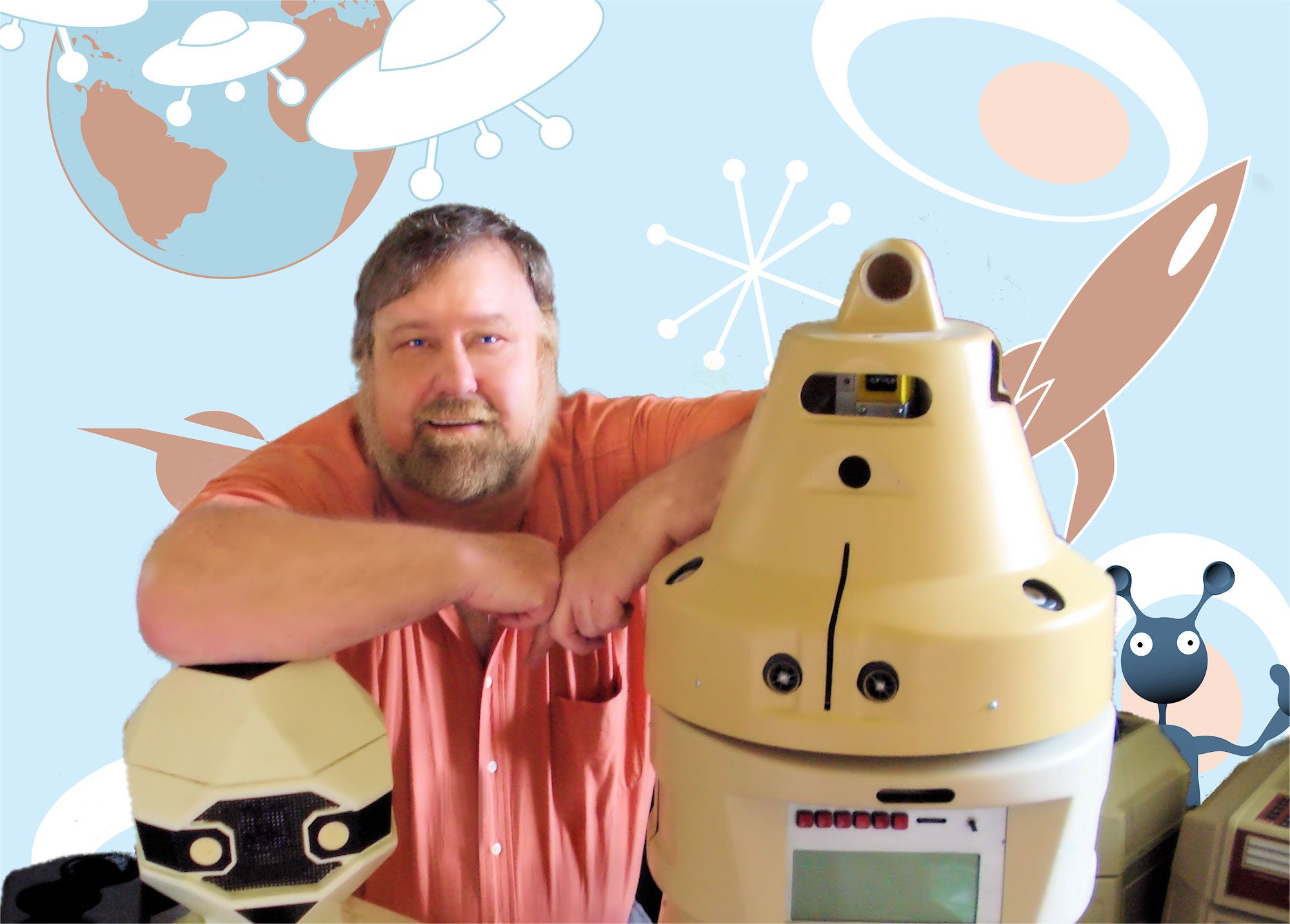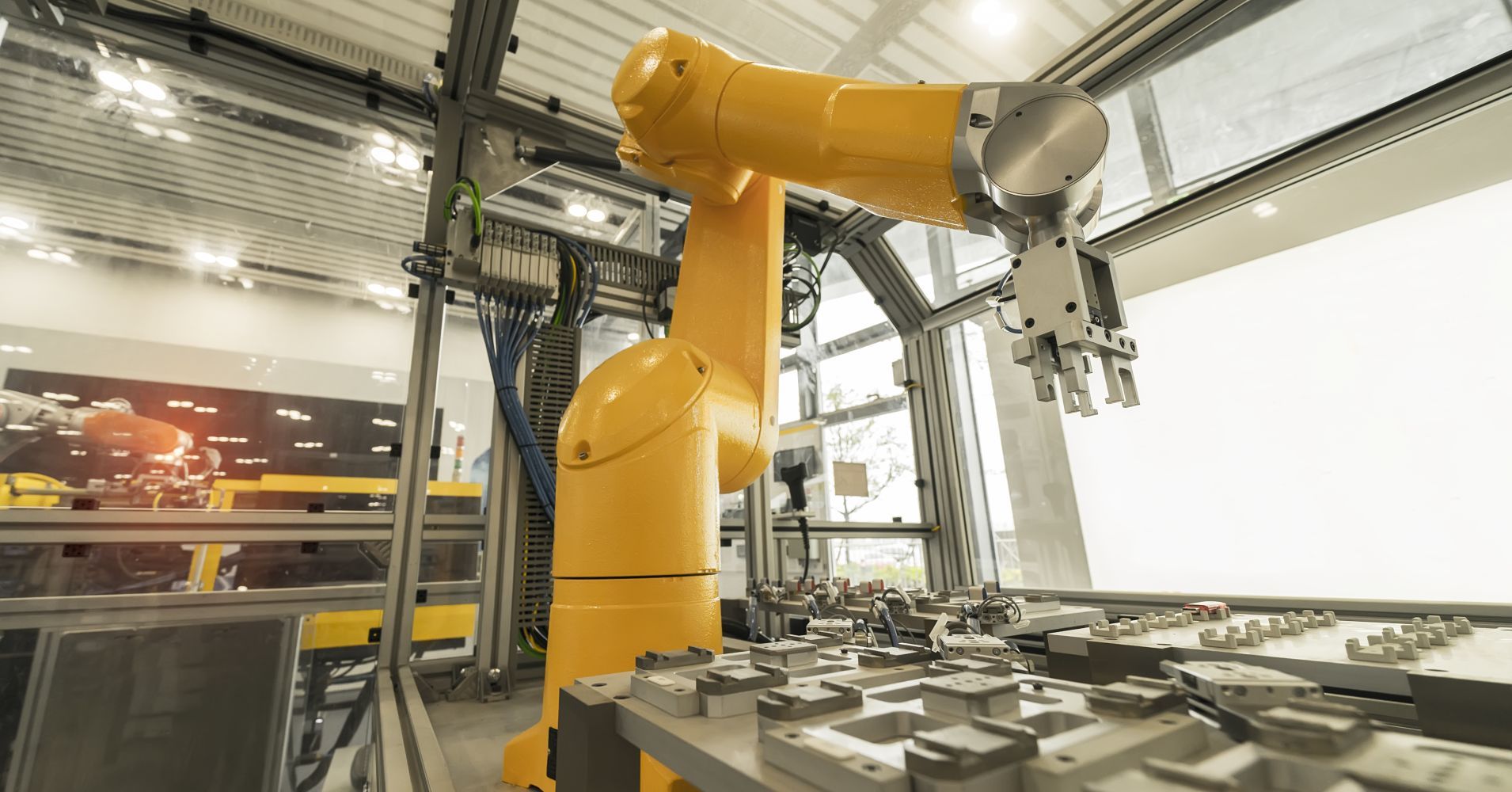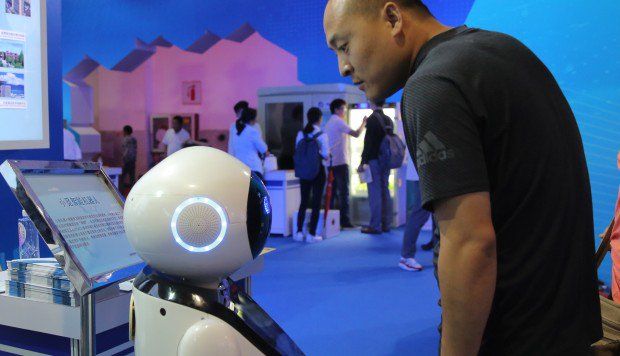If your truck is completely autonomous, why would you need a cab? Volvo Trucks believes that you don’t and that’s why they built a new all-electric and autonomous truck without a cab called Vera.
Claes Nilsson, President of Volvo Trucks, the idea behind Vera:
“The full potential of the transport industry is yet to be seen. Everything suggests that the global need for transportation will continue to significantly increase in the coming decade. If we are to meet this demand in a sustainable and efficient way, we must find new solutions. In order to secure a smoothly functioning goods flow system we also need to exploit existing infrastructure better than currently. The transport system we are developing can be an important complement to today’s solutions and can help meet many of the challenges faced by society, transport companies and transport buyers,”






